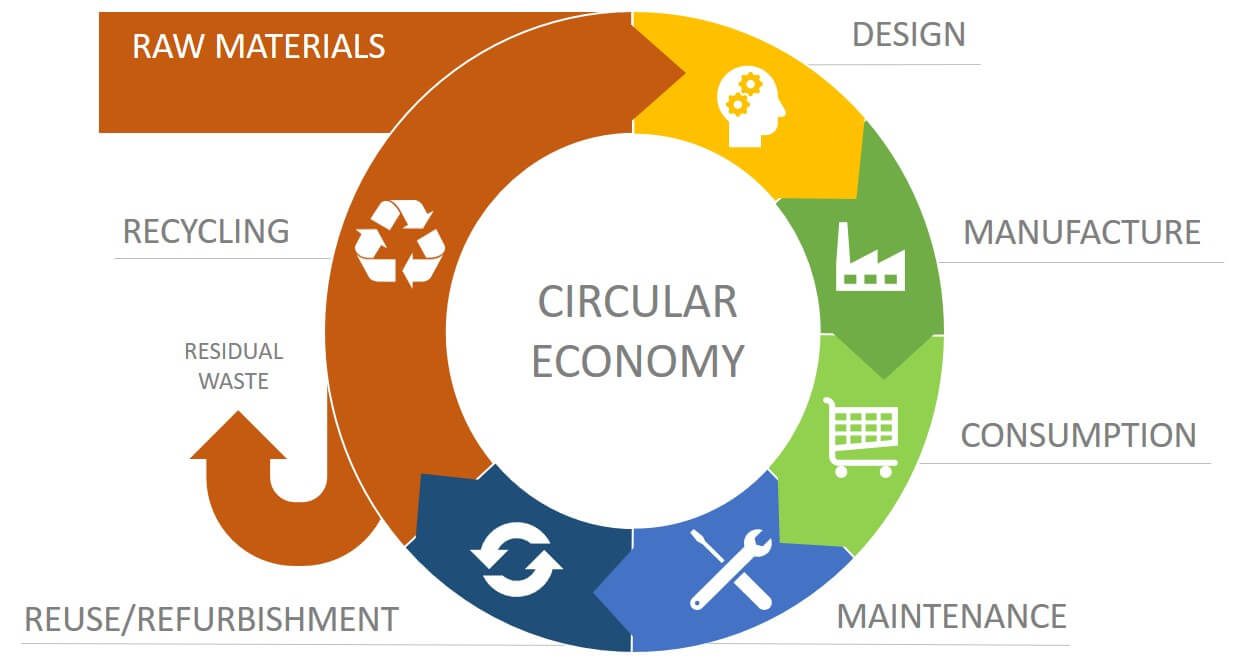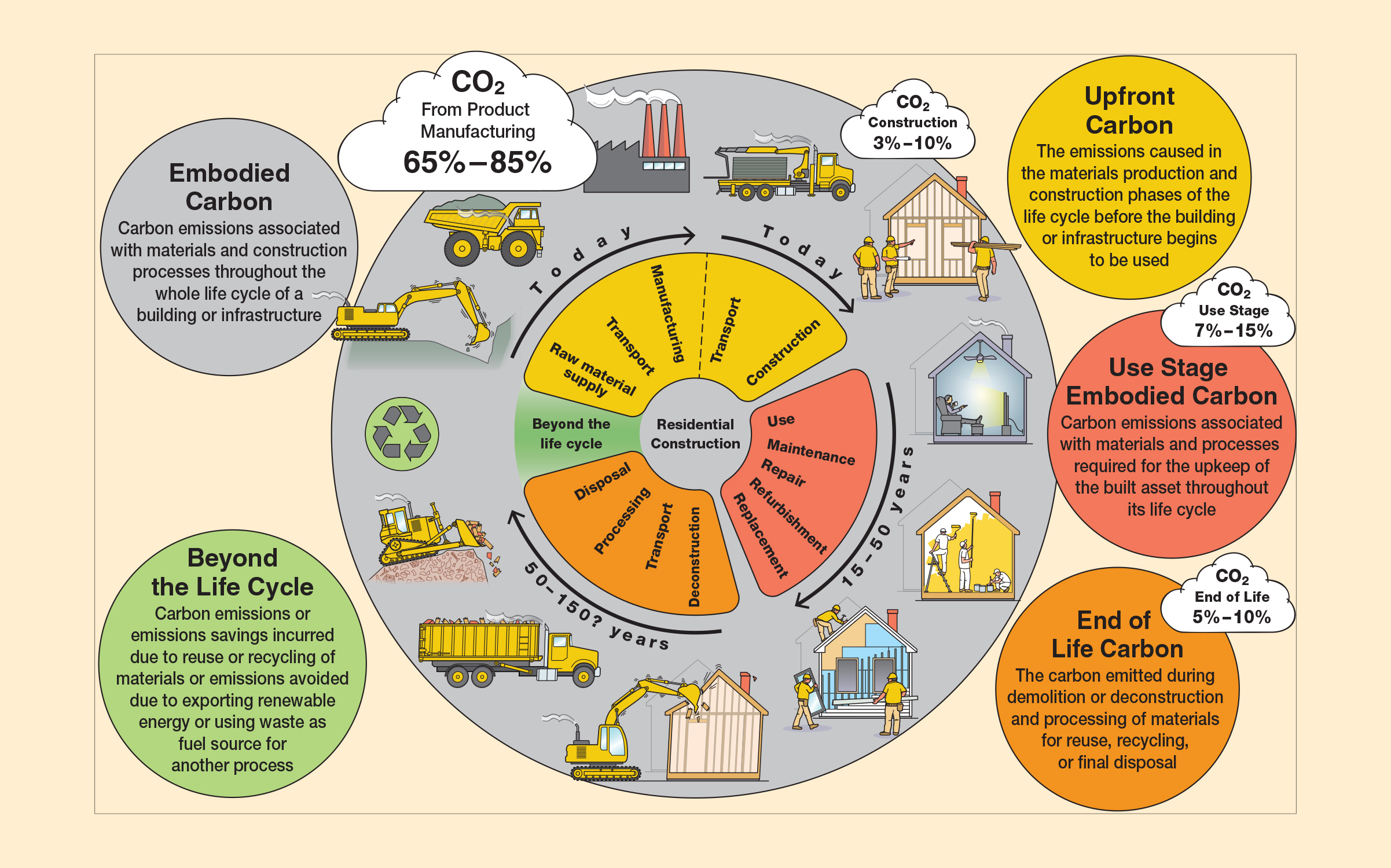Introduction:
As concerns about climate change continue to grow, the construction industry is facing increasing pressure to reduce its carbon footprint. Construction projects are major contributors to greenhouse gas emissions due to energy-intensive processes, material extraction, transportation, and waste generation. However, with innovative technologies, sustainable practices, and thoughtful planning, civil engineers and construction professionals can play a pivotal role in mitigating the environmental impact of construction projects. In this blog post, we will explore strategies for reducing the carbon footprint in construction projects and the important role that civil engineers play in environmental conservation efforts.
1. Sustainable Materials Selection:
One of the most effective ways to reduce the carbon footprint of construction projects is through the careful selection of materials. Civil engineers can choose materials with lower embodied carbon, such as recycled materials, reclaimed wood, and low-carbon concrete. Additionally, specifying locally sourced materials can minimize transportation emissions associated with material delivery. By prioritizing sustainable materials, construction projects can significantly reduce their environmental impact without compromising structural integrity or performance.
2. Energy-Efficient Design:
Civil engineers play a crucial role in designing energy-efficient buildings and infrastructure that minimize energy consumption throughout their lifecycle. This includes incorporating passive design strategies, such as orientation, shading, and natural ventilation, to optimize thermal comfort and reduce the need for mechanical heating and cooling. Engineers can also integrate energy-efficient systems and technologies, such as LED lighting, high-efficiency HVAC systems, and renewable energy sources, to further reduce energy demand and carbon emissions.
3. Construction Waste Management:
Construction projects generate a significant amount of waste, including debris, packaging materials, and unused materials. Civil engineers can implement waste reduction and recycling strategies to minimize the environmental impact of construction activities. This may include onsite sorting and recycling of construction waste, salvaging materials for reuse, and specifying prefabricated components to reduce onsite waste generation. By implementing effective waste management practices, construction projects can divert materials from landfills and reduce carbon emissions associated with waste disposal.
4. Green Building Certification:
Green building certification programs, such as LEED (Leadership in Energy and Environmental Design) and BREEAM (Building Research Establishment Environmental Assessment Method), provide frameworks for assessing and certifying the environmental performance of buildings and infrastructure projects. Civil engineers can work closely with project teams to achieve green building certification by incorporating sustainable design principles, materials, and construction practices. Green building certification not only demonstrates a commitment to environmental conservation but also provides opportunities for energy savings, cost reduction, and market differentiation.
5. Lifecycle Assessment:
Lifecycle assessment (LCA) is a valuable tool for evaluating the environmental impact of construction projects from cradle to grave. Civil engineers can conduct LCAs to quantify the carbon footprint of materials, construction processes, and building operations, allowing for informed decision-making and optimization of environmental performance. By considering the full lifecycle impacts of construction projects, engineers can identify opportunities for carbon reduction and prioritize interventions that deliver the greatest environmental benefit.
Conclusion:
Reducing the carbon footprint in construction projects requires a multifaceted approach that integrates sustainable materials, energy-efficient design, waste management, green building certification, and lifecycle assessment. Civil engineers are instrumental in driving these efforts, leveraging their expertise to design and construct buildings and infrastructure that minimize environmental impact and contribute to a more sustainable built environment. By embracing innovative technologies, adopting sustainable practices, and advocating for environmental conservation, civil engineers can lead the way towards a greener, more





